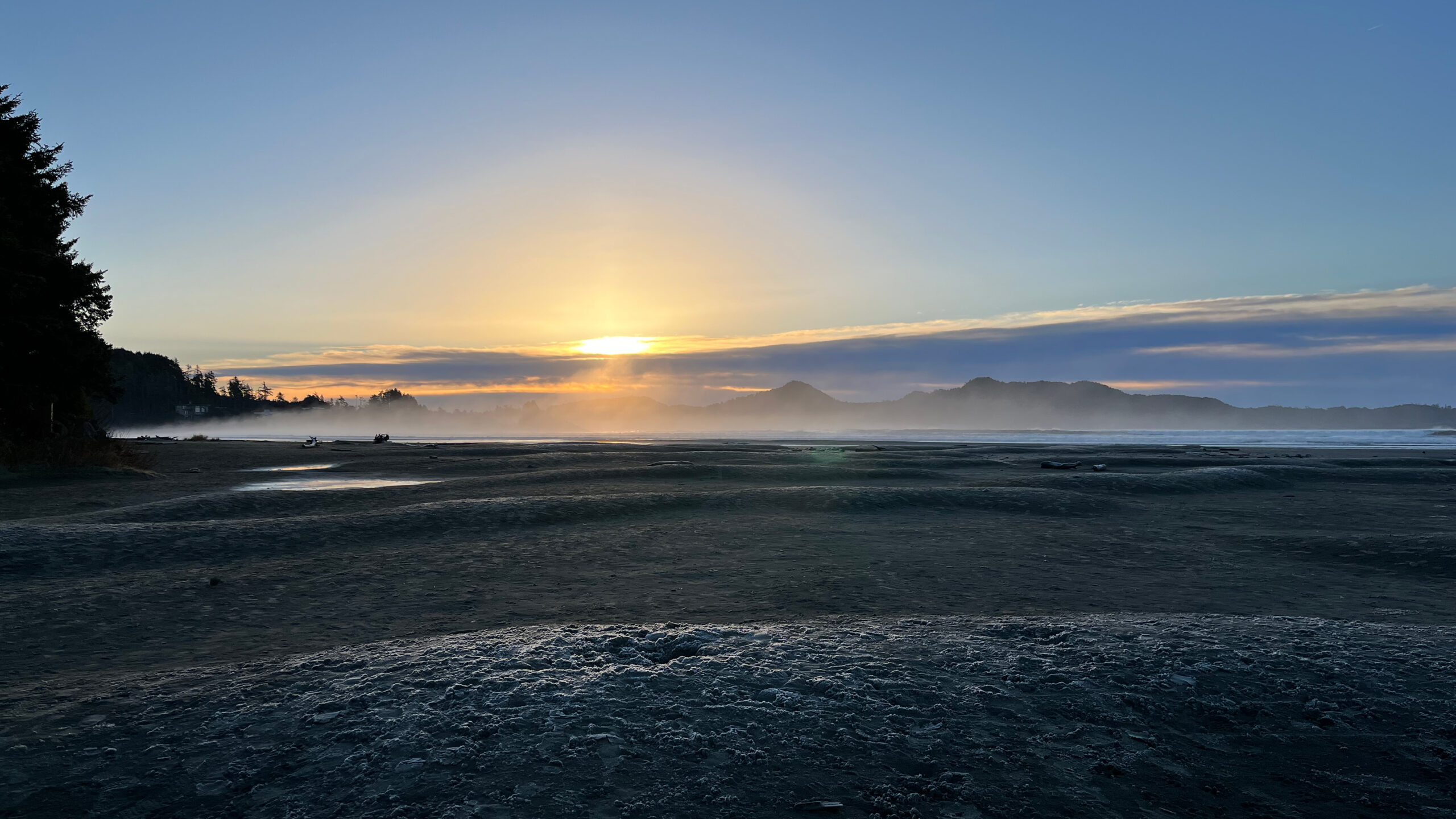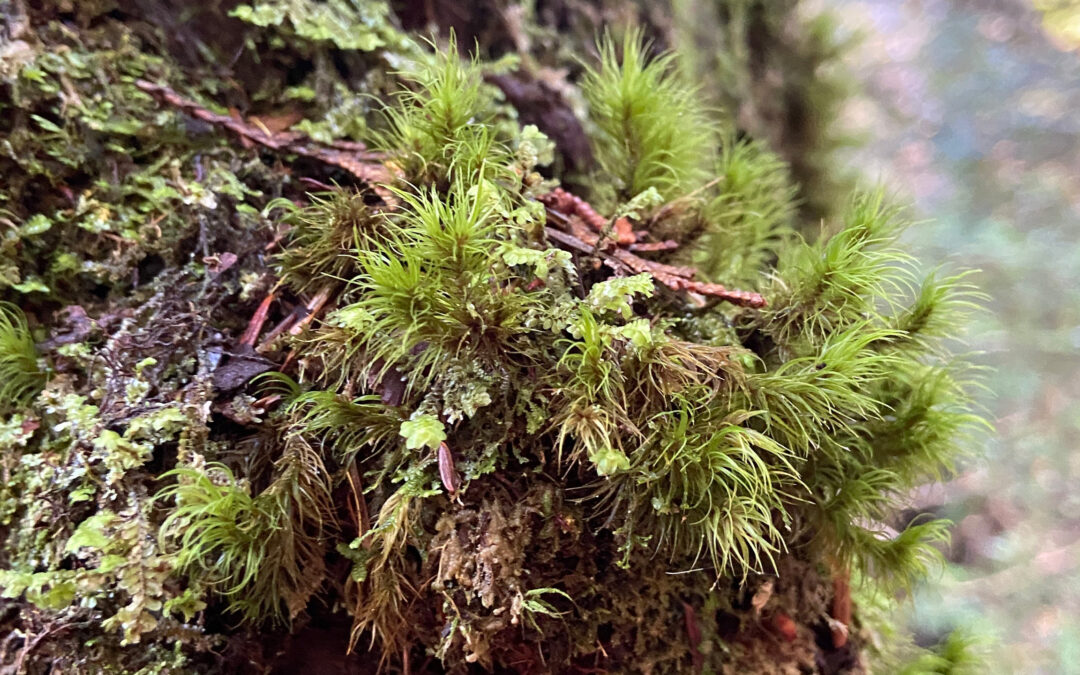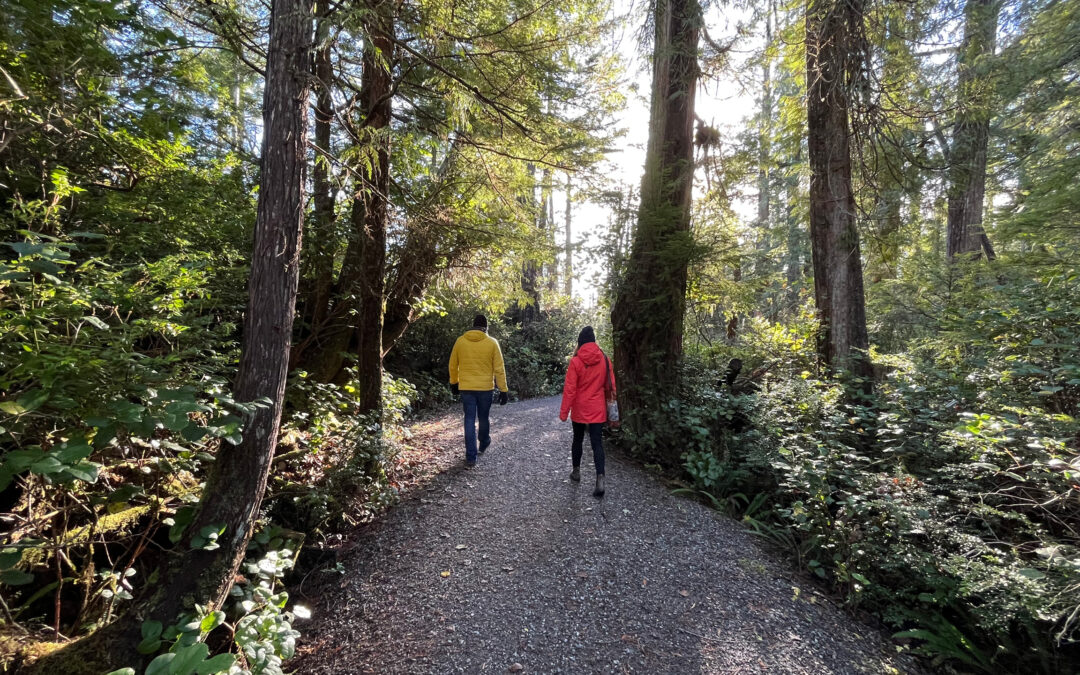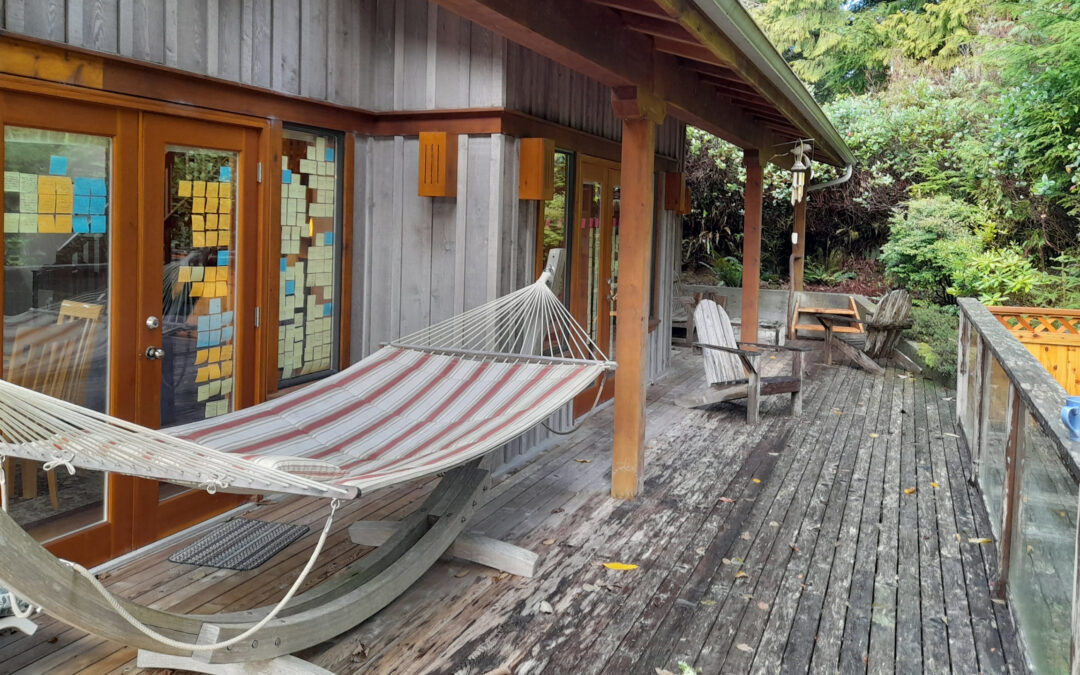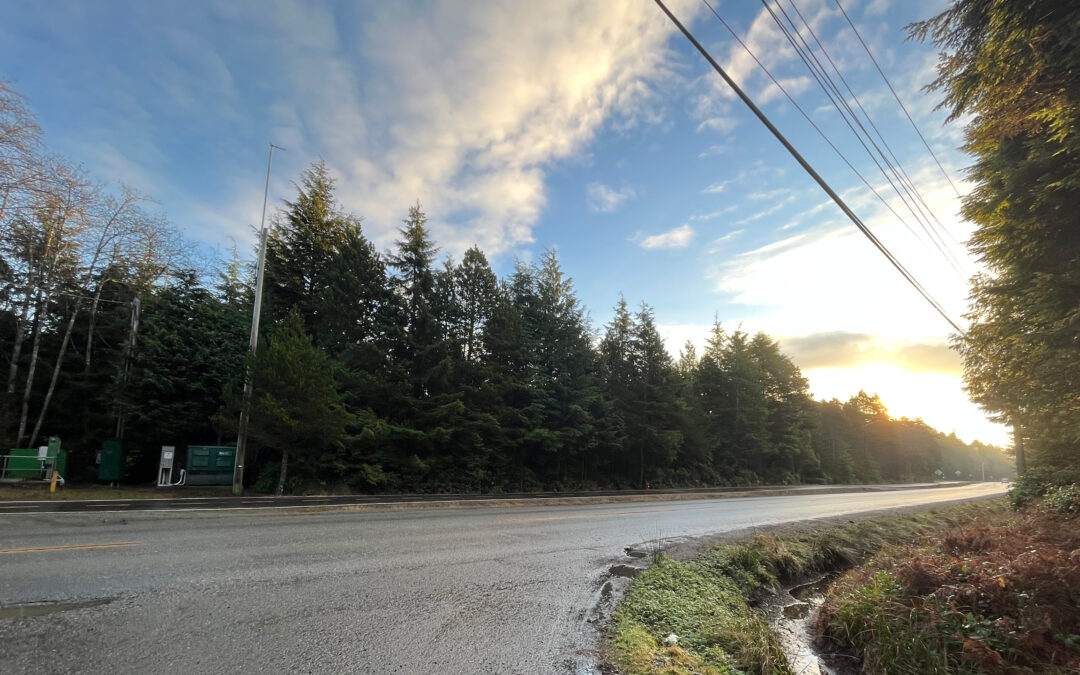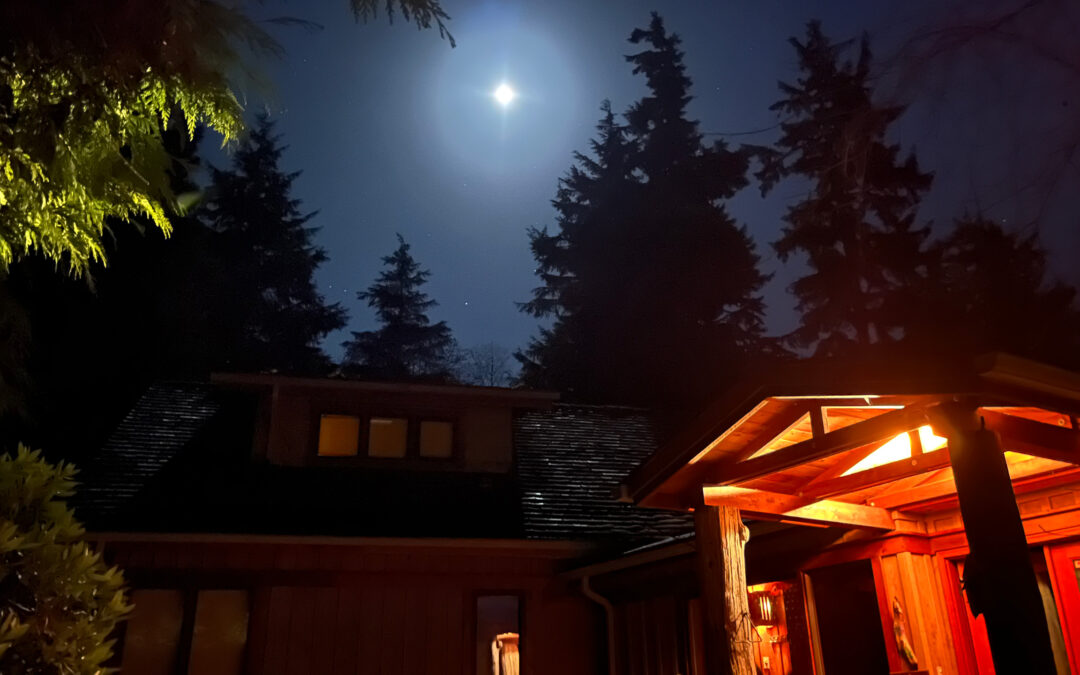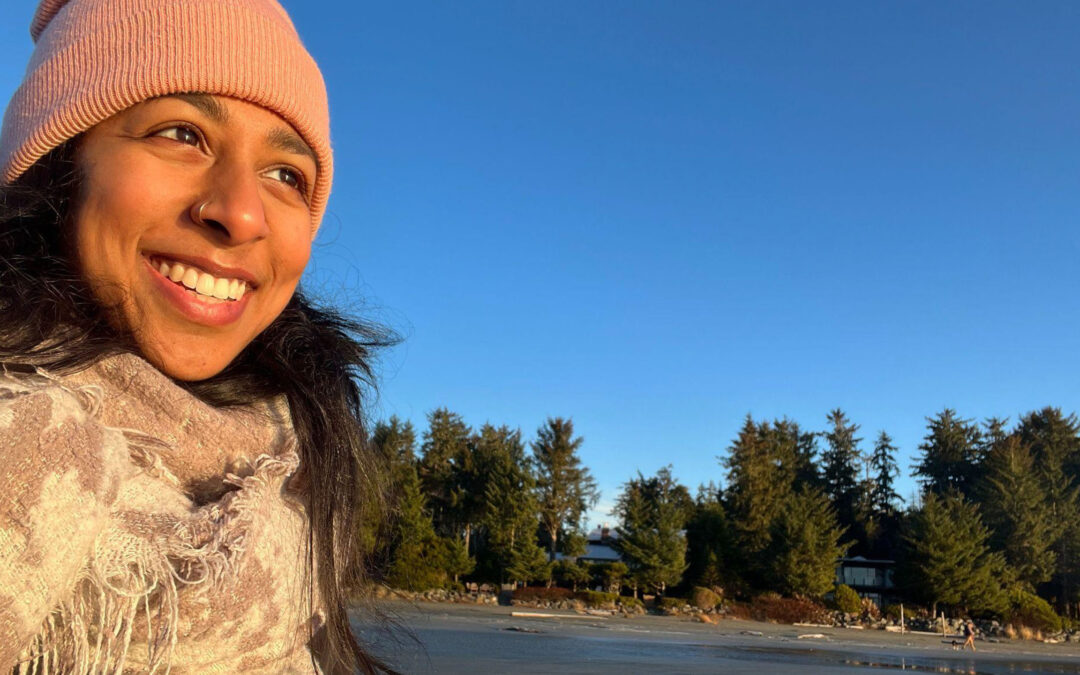The Mortal Method Development Retreat was a successful gathering in part because it had a specific, unique and disputable purpose.
In her book, The Art of Gathering, gathering expert Priya Parker breaks down the three elements of a strong purpose:
- Specificity: The more focused and particular a gathering is, the more narrowly it frames itself and the more passion it arouses…Specificity sharpens the gathering because people can see themselves in it.
- Uniqueness: How is this meeting or dinner or conference unique among the other meetings, dinners, and conferences you will host this year?…Why is this gathering different from all my other gatherings? Why is it different from other people’s gatherings of the same general type? What is this that other gatherings aren’t?
- Disputable: Does it stick its neck out a little bit? Does it take a stand? Is it willing to unsettle some of the guests (or maybe the host)? Does it refuse to be everything to everyone?…Gatherings that please everyone occur, but they rarely thrill…A disputable purpose, on the other hand, begins to be a decision filter.
While it can often take groups a long, grueling process to arrive at and agree on a purpose that is specific, unique, and disputable, ours was surprisingly clear from the beginning. In fact, as a facilitator, the clarity of purpose was what caught my attention in the first place.
Almost six months before the retreat, when Julia sent me the initial voicenote floating the idea of the Mortal Method and the accompanying retreat, she said,
“Albert and I decided that we’re going to do a thinking retreat together. We said, “Writing feels too far along in our process. Let’s just take a couple of days together and think through all this.” We wanted to do it in BC. We’re thinking either Vancouver or on the island, because we don’t want it to be in either of our home places where we have responsibilities and stuff. And we want to be somewhere beautiful, where we can connect to nature and walk and talk. I would like to get enough of an idea of this method put together this summer so that when we do our thinking retreat in BC in September / October, we actually pilot the method and use that retreat as an intentional space where we honour all these principles that we talked about. We’re going to do this thinking retreat and this research planning following the method we’re creating.”
The purpose I heard in Julia’s early articulation of the retreat was:
We want to gather to test the Mortal Method by designing and participating in a thinking retreat that embodies the principles (i.e. finitude, embodiment, eros, connection, meaning-making) of the Mortal Method.
Specifically, it provided clarity on the following:
- It would be an experiment. The goal was to test the method, which meant that we were open to learning from its success, failure, and anything in between.
- It would be embodied and applied. The Mortal Method is a way of thinking, doing, and being, and so we needed to think, do, and be it. In other words, less TALKING about the method and more spending our time and designing our space in ways that EMBODY the method.
- It required something that was ready to test. We needed to come up with a draft set of principles re: what makes up the Mortal Method that we could then test at the retreat.
- It would be a thinking retreat. The success of the retreat was not contingent on having written something for publication by the end.
In these ways, it was specific, unique, and definitely disputable in that it challenged many a norm within the world of academia (more on this in blogpost #3). Practically, it helped us make choices that kept us connected to and in integrity with our intention to test the method by living it out.
“The purpose of your gathering is more than an inspiring concept. It is a tool, a filter that helps you determine all the details, grand and trivial. To gather is to make choice after choice: place, time, food, forks, agenda, topics, speakers. Virtually every choice will be easier to make when you know why you’re gathering, and especially when that why is particular, interesting, and even provocative.
Make purpose your bouncer. Let it decide what goes into your gathering and what stays out. When in doubt about any element, even the smallest detail, hark back to that purpose and decide in accordance with it.”
– Priya Parker, The Art of Gathering
Two choices that this purpose helped us make early on in our process, which in turn shaped the course and container of the entire retreat, included:
1) DURATION
Initially the proposed duration of the retreat was the equivalent of 2-3 days, an extended weekend at most. Part of this proposal was about trying to minimize disruptions in teaching schedules, but a lot of it was rooted in a fear of “being too indulgent at the beginning of the project” by spending on a longer thinking retreat. Noticing the tension we were wrestling with, I asked something along the lines of,
“Acknowledging that there is the practical constraint of budget, how do we reconcile the concept of indulgence in a world where we are also embodying mortality and finitude? When are we saving the indulgence for? And what do we consider to be indulgent? Is factoring in time for rest and integration considered indulgent? In which worldviews might these things be considered indulgent? (i.e. capitalism, productivity culture, getting-the-most-bang-for-your-buck, academics as research machines, etc.)”
In bringing this tension back to our purpose – our intention to test the method by embodying it – and specifically our desire to honour finitude as a principle of the Mortal Method, we were asking a different question about duration. Instead of “How much time can we afford to take?”, we were asking “How much time do we need in order to honour the purpose of this gathering?” The constraints around time and budget were still very real, but we had shifted from an orientation motivated by scarcity to one motivated by satiation.
This single question prompted us to shift the retreat to December, when we no longer had the same teaching obligations and could take a week to dive deep into the questions we were grappling with. Rather than thinking about the time and monetary investment as being too indulgent at the start of the project, we chose to see it as investing in building a solid foundation for this body of work. It is important to note that embodying this reframe required trust in ourselves and each other to honour our word, to show up fully to the retreat and to engage in the deep, messy exercise of contending with ourselves and these questions during this time we had protected for this work.
“…you are proposing to consume people’s most precious resource: time. Making the effort to consider how you want your guests, and yourself, to be altered by the experience is what you owe people as a good steward of that resource.” – Priya Parker, The Art of Gathering
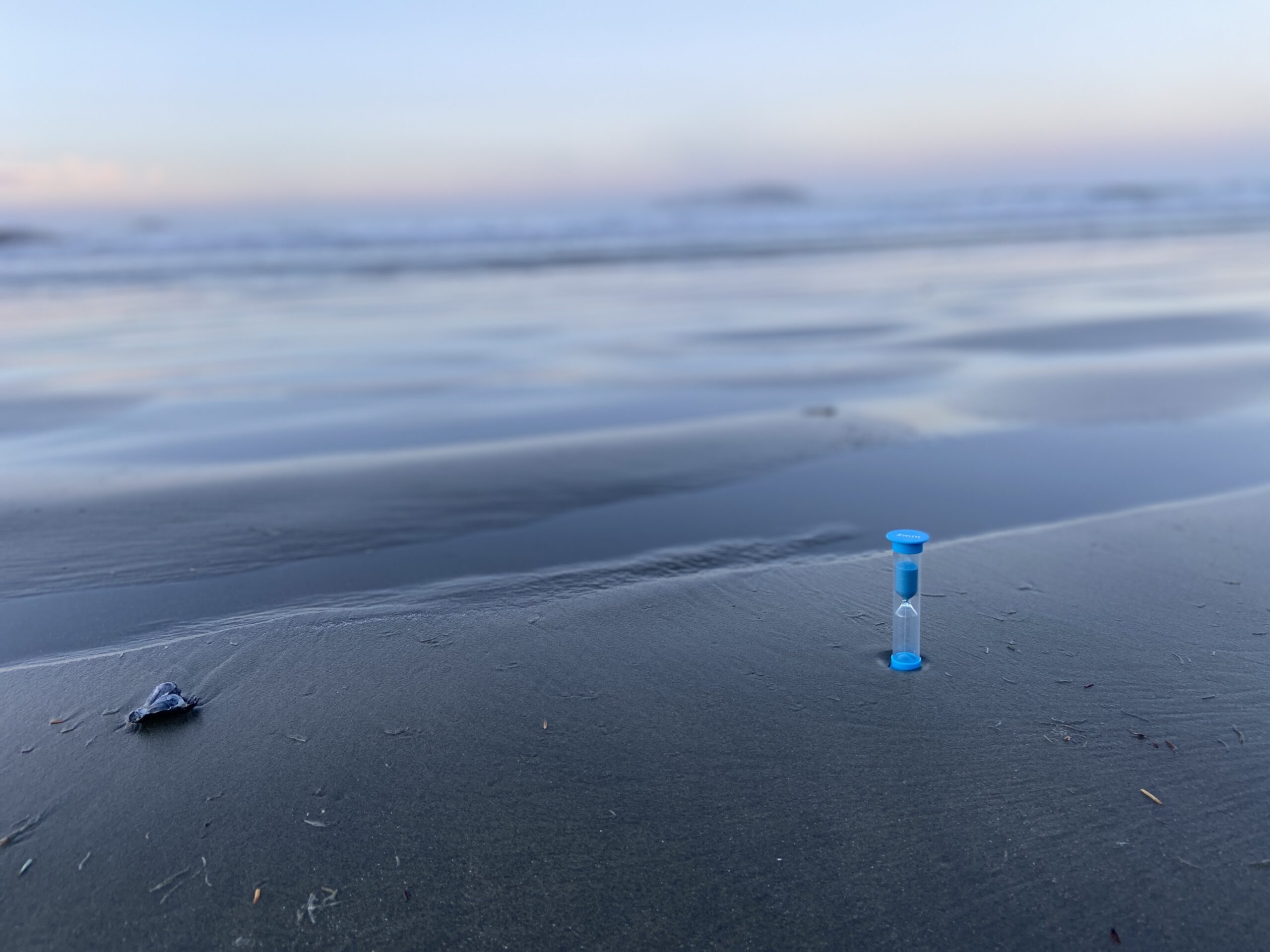
2) VENUE
When we were deciding on the location of the retreat, Vancouver Island, and specifically Tofino, was one of the first options we had felt a lot of excitement around. Something about being away from the city and in a place where the natural environment would be a companion in embodying the way of being we were wanting to practice was attractive to us. Even so, as we started looking at flights and mapping out travel plans, it became clear that it would take significantly longer to get to Tofino. Not impossible, just more logistics. Vancouver was the easier option. A condo in the city vs. a cabin on the island. As we talked through pros and cons, Albert said,
“Tofino is something you’ll remember for the rest of your life. I mean, I still remember being there. And it isn’t that big a deal to get there…There’s many buses. There’s many ferries. And if you don’t have a car, it’s easy because you take the bus, walk on and it’s a beautiful ride. So it’s not as long. It’s not in a rush and you have a day to do it. It’s kind of a nice thing to do. It’s beautiful. So I would be inclined to keep it.”
In sharing this reflection, Albert brought us back to our purpose. We are here for a finite time (the retreat and life), so what does it look like to spend it well? What does it look like to honour the aliveness we felt in our bodies when imagining ourselves in Tofino? What does it look like to prioritize our desires to connect and commune with the land?
“…seek a setting that embodies the reason for your convening. When a place embodies an idea, it brings a person’s body and whole being into the experience, not only their minds.” – Priya Parker, The Art of Gathering
Similar to the discussion around duration, all it took was one of us reminding us of our purpose and the principles of the Mortal Method embedded within it. Once we remembered, yielding to our purpose and letting it guide our decisions was relatively easy. We booked our travel to Tofino, built time into our retreat schedule to recover from the travel, and made plans to stop and explore some old growth forests on our long, winding drive to Tofino. Enjoying the journey, as they say.
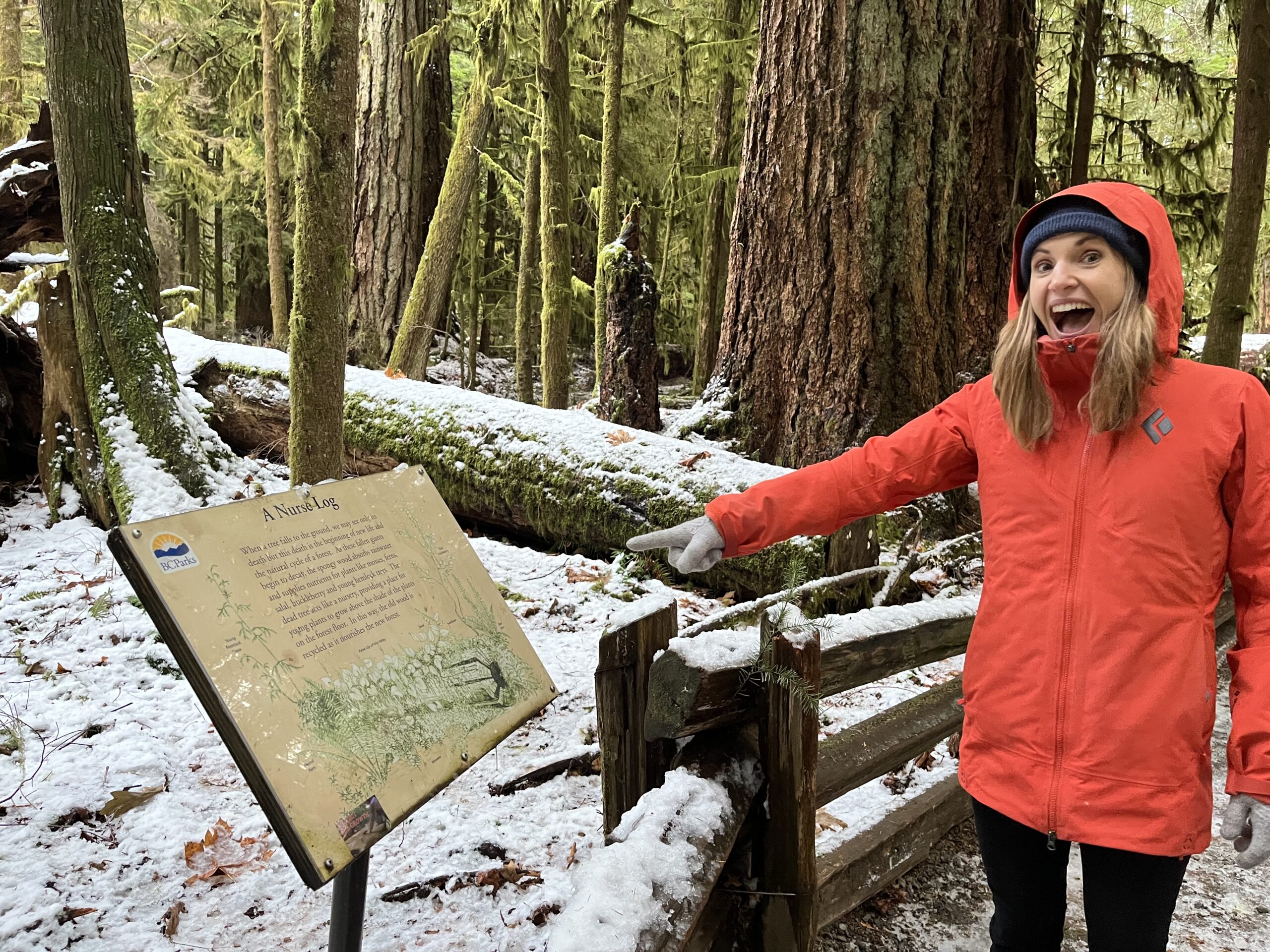
In talking about setting a purpose for a gathering, Priya Parker says, “Think of what you want to be different because you gathered, and work backward from that outcome.” Working backwards from our intention to “test the method by embodying it” meant that all of our questions led to conversations about what it means to embody finitude, embodiment, eros, connection, and meaning-making. What follows are some of the ways in which our purpose informed how we spent our time at the retreat:
We embodied FINITUDE by:
- Setting modest and feasible agenda for each day, and allowing ourselves the flexibility to shift things around if needed
- Holding reasonable / healthy expectations for / definitions of productivity
- Focusing on process, not just the outcomes
- Balancing being present at the retreat with plans for life after the retreat (can’t do it all)
- Setting, reflecting on, and honouring boundaries (setting them too)
- Acknowledging completion of tasks and/or the fulfillment of intentions, and noticing the feeling of satiation that accompanies it
- Respecting our commitments
- Designing our days around daylight / sunlight and the weather
- Engaging in a daily Hourglass Ritual that invited us to contend with the true length of a minute
We embodied EMBODIMENT by:
- Allowing time & space to recover from jetlag
- Moving our bodies (walking, running, dancing, stretching)
- Prioritizing sleep and rest (no super early starts or late endings, time for naps)
- Engaging in somatic practices + activities
- Taking breaks (scheduled + as needed)
- Mental
- Food / bathroom
- Physical
- Inspirational
- Eating healthy, nourishing food (and having healthful snacks on hand)
- Practicing breathwork
- Engaging in meditations that got our bodies ready for the work we were about to do; tapping into the wisdom our bodies hold around this work.
- Sharing honestly about where we’re at / what’s coming up
- Popping Advil when needed (no need to be a “superhero”)
We embodied EROS by:
- Choosing a retreat setting that is full of magic and beauty
- Having the process of planning and scheduling start from a place of care and pleasure
- Engaging in the Apprenticeship with Mortality (in the 30 days leading up to the retreat), the pre-care survey, and reflections on hopes + fears
- Working with people and topics that enliven us
- Checking in with our longings + curiosities
- Eating tasty foods
- Reflecting on our sensation(s) of satiation
- Moving our bodies and focusing on breath
- Sitting by the fireplace
- Taking in the smell of sandalwood & white sage incense burning
- Noticing the moon
We embodied CONNECTION by:
- Having time dedicated to settling into and connecting with place and space (Tofino, the cabin, the local area)
- Spending time in rich conversation with each other (in car, over meals, on walks)
- Spending time alone (with self)
- Spending time in nature (beaches, forests, etc.)
- Sharing our life stories with each other
- Shared accountability + grace
- Sharing a house rather than a hotel
- Respecting our commitments
- Being a good improv partners
We embodied MEANING-MAKING by:
- Engaging in rituals (old + new)
- Collaging, mad-libbing, Frankenstein-ing
- Participating in daily harvests
- Offering each other prompts to engage with + debriefing our responses
- Engaging in meditations
- Journalling
- Documenting
- Collecting artefacts
- Sharing poems, stories, songs, practices
- Creative exercises to get us thinking + processing in a variety of ways
- Listening to music
- Creating a playlist
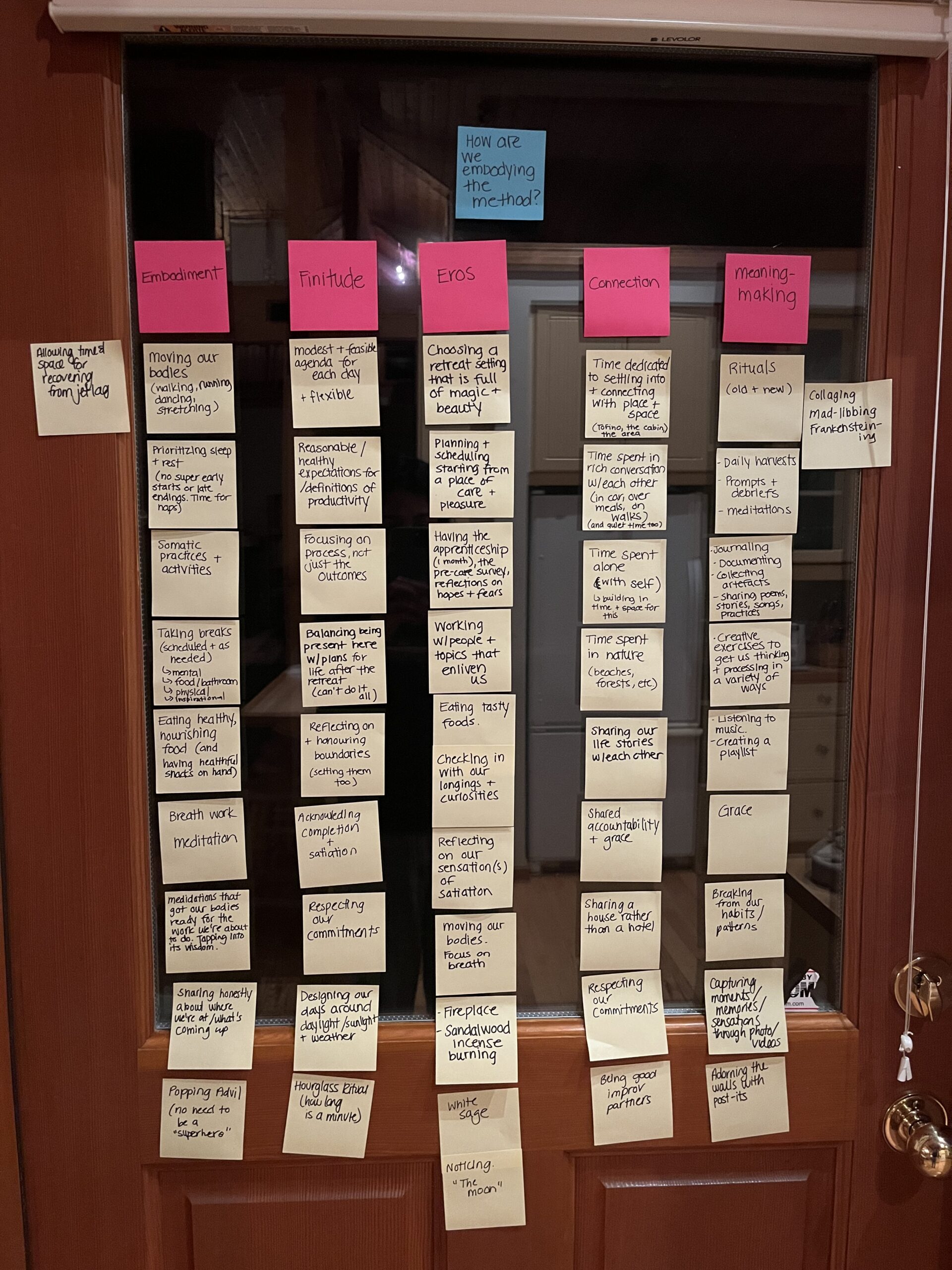
Embodying the method also involved contending with tensions between the five principles of mortality we were wanting to practice at the retreat. For example, there was a day when we opted to forgo our daily post-dinner harvesting ritual (meaning-making) because we were spent from the day’s work and our brains needed rest (embodiment) in order to show up fully for the next day’s intentions. There were also times when the excitement and momentum generated in a particular session (eros) would tempt us to keep working beyond the time we had set for ourselves (finitude). There were even tensions that emerged within principles – for example, connection – as we had to decide how much of our finite time we wanted to spend connecting with ourselves, each other, and/or nature. We see engaging with these tensions, and making decisions that honour our bodies alongside our purpose, as a core part of the work of the Mortal Method, and the work of being mortal overall.
